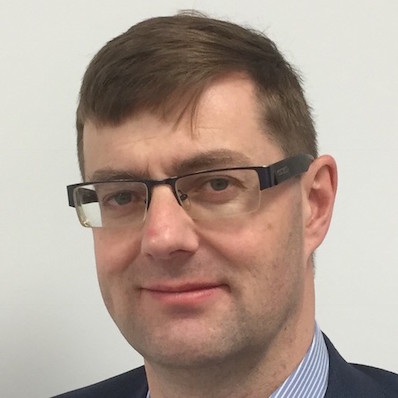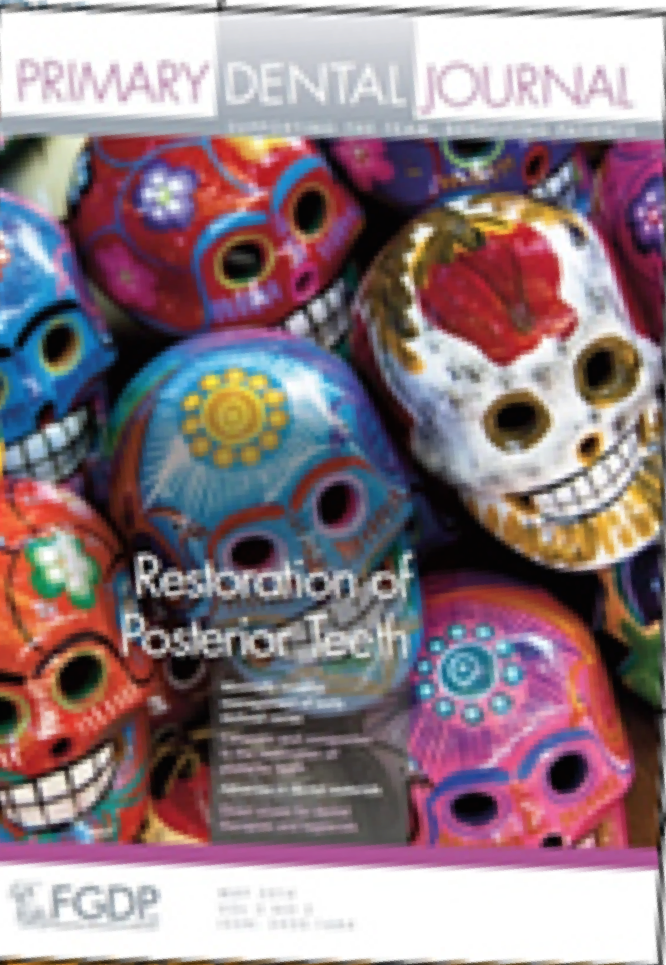A survey of general dental practitioners in the North West of England concerning the dental care of patients following head and neck radiotherapy
AIMS:
The aim of this survey was to investigate the views of general dental practitioners (GDPs) on their perceived roles and the barriers regarding dental care of patients following head and neck radio-therapy.
METHODS:
From a total of 1163 GDPs on the Mersey Postgraduate Dental Deanery mailing list, 369 were selected at random. Questionnaires were sent out in February 2010 followed by reminders a month later. A study-specific questionnaire was piloted prior to the survey.
RESULTS:
One hundred and ninety-eight of the potential 336 respondents returned valid questionnaires, a response rate of 59%. They did not respond to all questions. Of those who responded, 99/188 (53%) were either ‘not at all’ or ‘little’ happy about managing these patients and 118/183 (64%) and 100/173 (58%), respectively, perceived that complex management and the new General Dental Services (nGDS) contract introduced in 2006 were ‘quite a bit’ or ‘very much’ barriers to treatment. The majority of the respondents felt that they were ‘quite a bit’ or ‘very much’ happy to carry out routine fillings (177/195; 90%), periodontal treatment (166/195; 85%), removable dentures (161/195; 83%), crown and bridge work (123/192; 64%), and root canal therapy (114/195; 58%) but only 53/191 (28%) to perform dental extractions. Over half of the respondents felt that they had ‘quite a bit’ or a ‘main role’ in managing radiotherapy caries, xerostomia, detecting recurrence and offering smoking-cessation advice.
CONCLUSION:
The majority of the GDPs who responded had been involved in the management of patients who had undergone radio-therapy to the head and neck. A substantial number perceived barriers to care, such as the complexity of the treatment and the nGDS contract. These findings need further investigation. Continuing professional development would be helpful to improve GDPs’ confidence in dealing with this group of patients.

